The difference between Orthodox and Catholics traces through the very history of Christianity between the East and the West. Let’s explore it.
Contents [hide]
Although Christianity is one of the most widespread monotheistic religions in the world, it would be wrong to speak of a single religious and spiritual expression. Indeed, while its heart and focus remain the life and human and divine experience of Jesus Christ, we can identify within it various professions of faith that differ in often fundamental aspects of doctrine, traditions, and Sacraments. Thus, we have Catholic Christians, Protestant Christians, Orthodox Christians, and in particular, we want to focus our attention in this article on the difference between Orthodox and Catholics.

The main differences between Catholics and Protestants
The differences between Catholics and Protestants are fundamental to the history of the Christian religion and the birth…
Orthodox Christianity boasts a number of baptized faithful not too far from Catholic Christianity, placing it as the second-largest Christian Church in the world. It officially emerged with the East-West Schism of 1054 AD, but the date is indicative only. Many historical events and discussions led to this split, from the Sack of Constantinople by the Venetians against the Byzantines in 1204, to the rejection of the Council of Florence, which was supposed, among other things, to heal the divisions between the Latin and Orthodox Churches in 1484, to which the Patriarch of Constantinople, Simeon I, responded by convening a Synod of Orthodox bishops. In any case, it is significant that Western historiography speaks of the East-West Schism, while the Orthodox refer to it as the Latin Schism.
One of the fundamental points that led to this rupture was that the Western Catholic Church claimed the primacy of the Pope, Bishop of Rome and successor of the Apostle Peter, investing him with true jurisdictional power even over the other centers of Christianity at the time, the so-called pentarchy, formed by Rome, Constantinople, Alexandria, Antioch, and Jerusalem, the five most important episcopal sees of the Roman world. The other cities of the pentarchy were willing to accept this superior authority of Rome only over Western Christians. Of course, there were other issues on which Eastern and Western Christians did not agree, and some of these differences are still identifiable today between the Catholic and Orthodox churches.

Already the Council of Chalcedon in 451 AD had brought out the differences and determined the first separations between some Eastern churches, but also the tendency of the Western church to concentrate power in the hands of the Pope, to the detriment of the Eastern patriarchs. On that occasion, the Patriarch of Constantinople also attempted to claim a role of superiority over the other patriarchs, presenting himself as “ecumenical patriarch,” which did not please the Bishop of Rome.
But what are the main differences between Catholicism and Orthodoxy? First of all, Orthodox Christians do not recognize a single religious authority. Individual bishops govern their churches through local synods without being accountable to a single head comparable to the Catholic Pope. The Ecumenical Patriarch of Constantinople is considered primus inter pares (“first among equals”), but his figure and role are mostly representative of the religious profession.
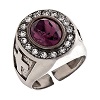
Orthodox Christians consider bishops the direct successors of the Apostles, and as such, they are invested with the mandate wanted by Christ himself when he created the Church. They thus refer to the early Church and the original Christian faith, based on holy tradition: Holy Scriptures, teachings of the Church Fathers, dogmatic principles elaborated in the seven historic ecumenical councils.
Orthodox Christians consider the seven Sacraments valid, show devotion to the Virgin Mary Theotókos, Mother of God, and also venerate the Saints.
Regarding Original Sin, which they call Ancestral Sin, they do not consider it: humans are born pure, not tainted by the guilt of Adam and Eve, but naturally predisposed to sin by their very nature.

Who were the 12 apostles and discover the difference between apostles and disciples
Who were the 12 apostles, companions of Jesus in the short span of his…
The Dogma of the Immaculate Conception for Catholics and Orthodox
A difference between Orthodox and Catholics concerns the dogma of the Immaculate Conception. Orthodox and Catholic Christians hold in high regard the figure of Mary, Mother of Jesus, whom the Orthodox call Theotókos, Mother of God. But Catholics maintain that, although born to ordinary man and woman, Joachim and Anne, the Virgin Mary was conceived free from Original Sin, as she was destined to bear Jesus Christ in her womb. For the Orthodox, however, Mary was conceived with Original Sin and was purified precisely at the moment when Jesus was placed in her womb. The Orthodox do not recognize the dogma of the Assumption of Mary.

The Assumption of Mary and the most characteristic celebrations
15 August is not just an occasion for partying and outings. We remember the Assumption of Mary into heaven…
The Orthodox and the Pope
As for the figure of the Pope, we have already seen how the fundamental difference between Orthodox and Catholics from the dawn of time is precisely the refusal by the former to recognize the authority of the Supreme Pontiff or any religious authority superior to the Bishops, heirs, and successors of the Apostles. Instead, we know that for Catholics, the Pope is the sole descendant of Peter, head of the apostles and representative of Christ on earth, chosen by Jesus himself as the guide of His church.

The symbolic value of bishop rings
The Bishop is among the priests, one of the most important and invested figures with meaning for the faithful…
Purgatory for the Orthodox
Western Catholics consider Purgatory a place between Heaven and Hell where men who have sinned can atone for their sins, at least in part, to purify themselves and ascend to Heaven.
For the Orthodox, however, who also encourage prayers for the deceased, Jesus’ sacrifice was sufficient to save all men, or at least those willing to live according to God’s laws. However, when the body dies, the soul must undertake a journey through the stars, during which it must stop at various stations, the telonia, where evil spirits interrogate it and demand payment of a toll for actions committed, true or presumed. In this journey, the virtuous soul is helped and supported by angels.
The more a person has loved God and lived a holy life, the easier it will be to pass the trials and reach Heaven.
Baptism in the Orthodox Church
Orthodox and Catholic Christians both practice baptism, the former by immersion, completely immersing the baptized in sanctified water to be reborn to new life, the latter by infusion, where the priest pours sanctified water over the baptized’s head. The Orthodox refer to the Greek term baptisma, which means “immersion,” and their rite involves three full immersions.
For the Orthodox Church, baptism is the moment a person is born in Christ, receiving a new name, exclusively that of a saint.

Baptism: meaning, symbols and how to organise one
Baptism is the first of the sacraments that enshrine the true birth of a Christian…
The Russian Orthodox Church
The Orthodox Christian Church is still widespread mainly in Southeastern and Eastern Europe and in the nations of the former Soviet Union. Russia has its own autocephalous Orthodox Church, headed by the Patriarch of Moscow and All Russia.
In the past, this Orthodox Church was also linked to other patriarchates, including the Ecumenical Patriarchate of Constantinople, the Greek Orthodox Patriarchate of Alexandria, the Patriarchate of Antioch, and the Patriarchate of Jerusalem. But the Russian Orthodox Church has always maintained a strong bond with secular power. Especially after the end of the Soviet Union, Russia entrusted its church with the custody of ancient traditions and imperial vestiges, and Muscovite Orthodoxy became part of the cultural and political project of the “Russian world.” Today, Kirill, Patriarch of Moscow and All Russia, has come under EU sanctions for blessing Putin’s war against Ukraine.

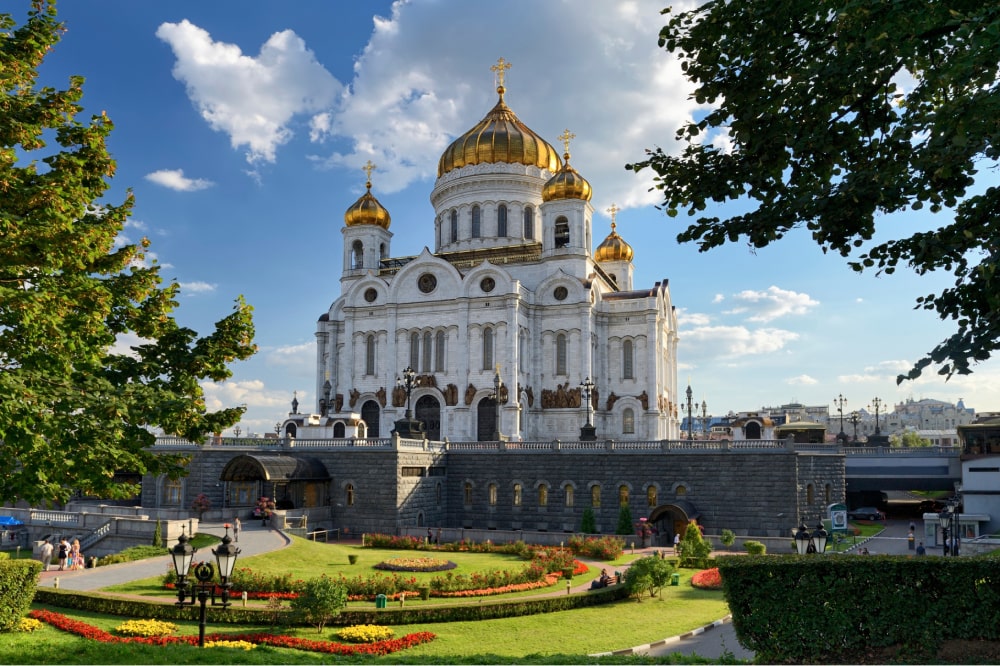
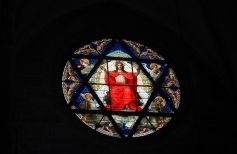


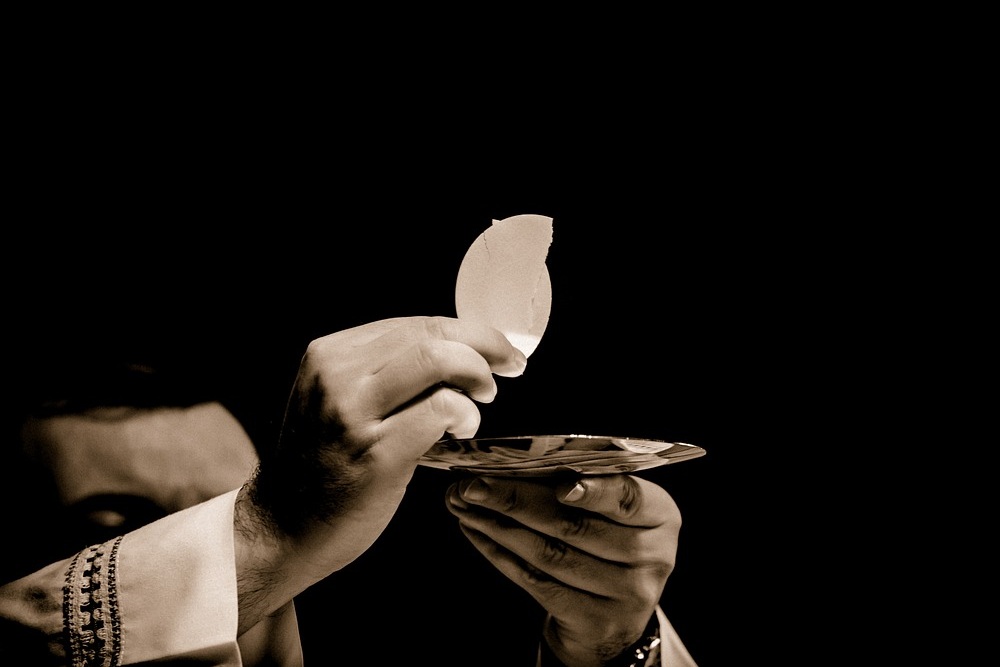

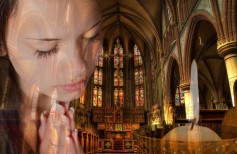

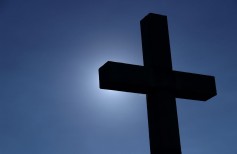
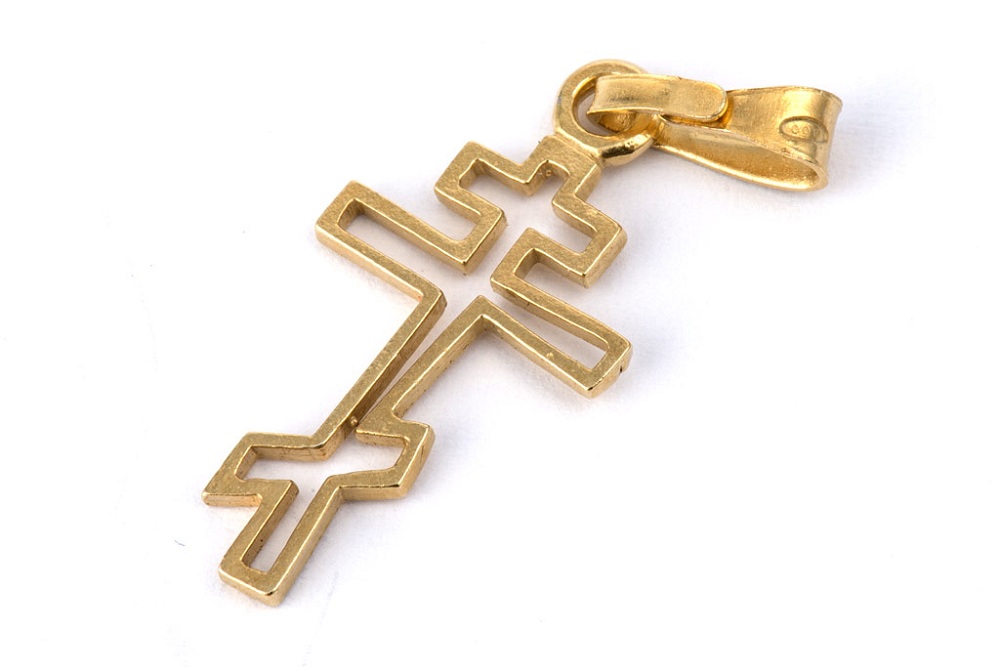








 19 March 2025
19 March 2025






